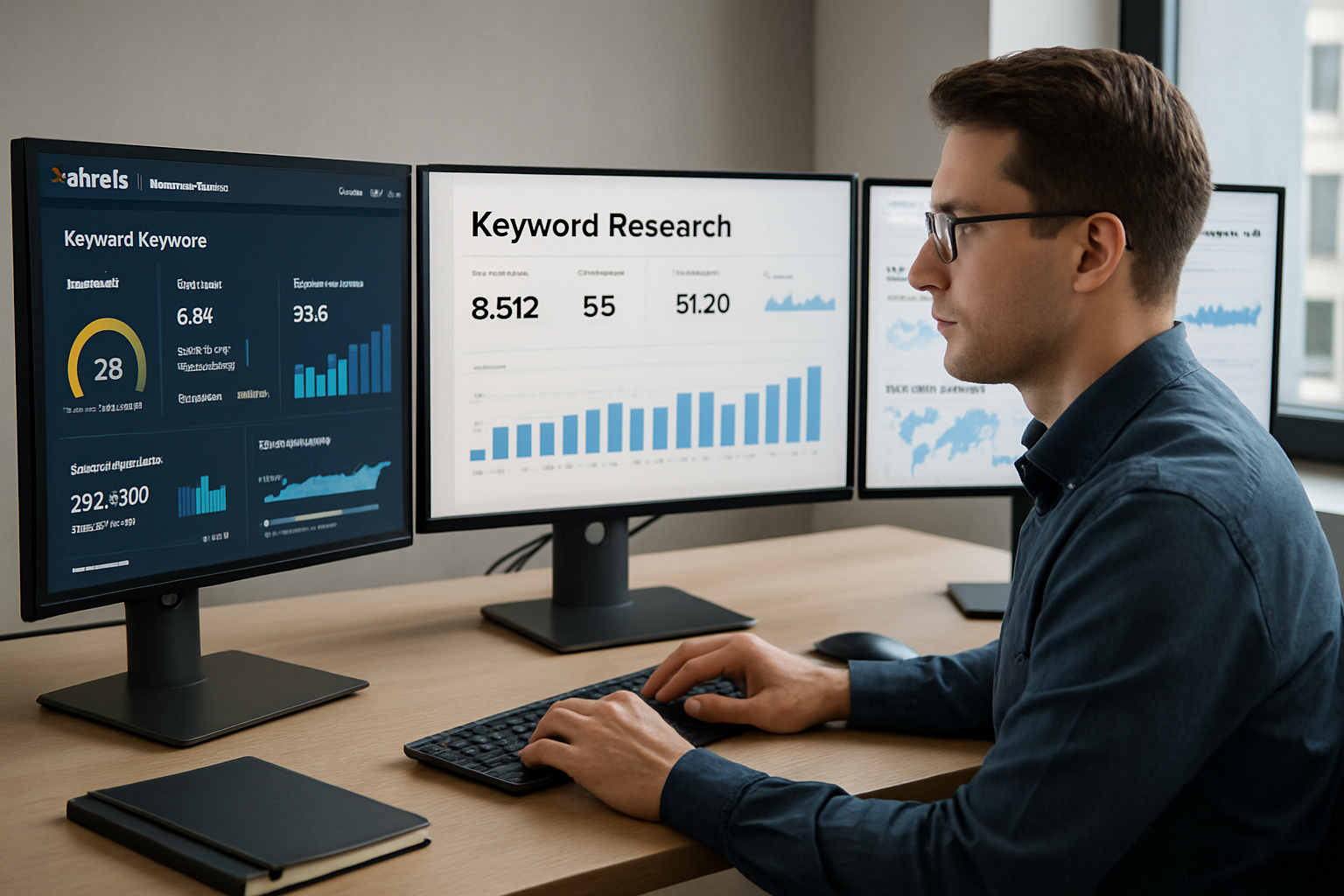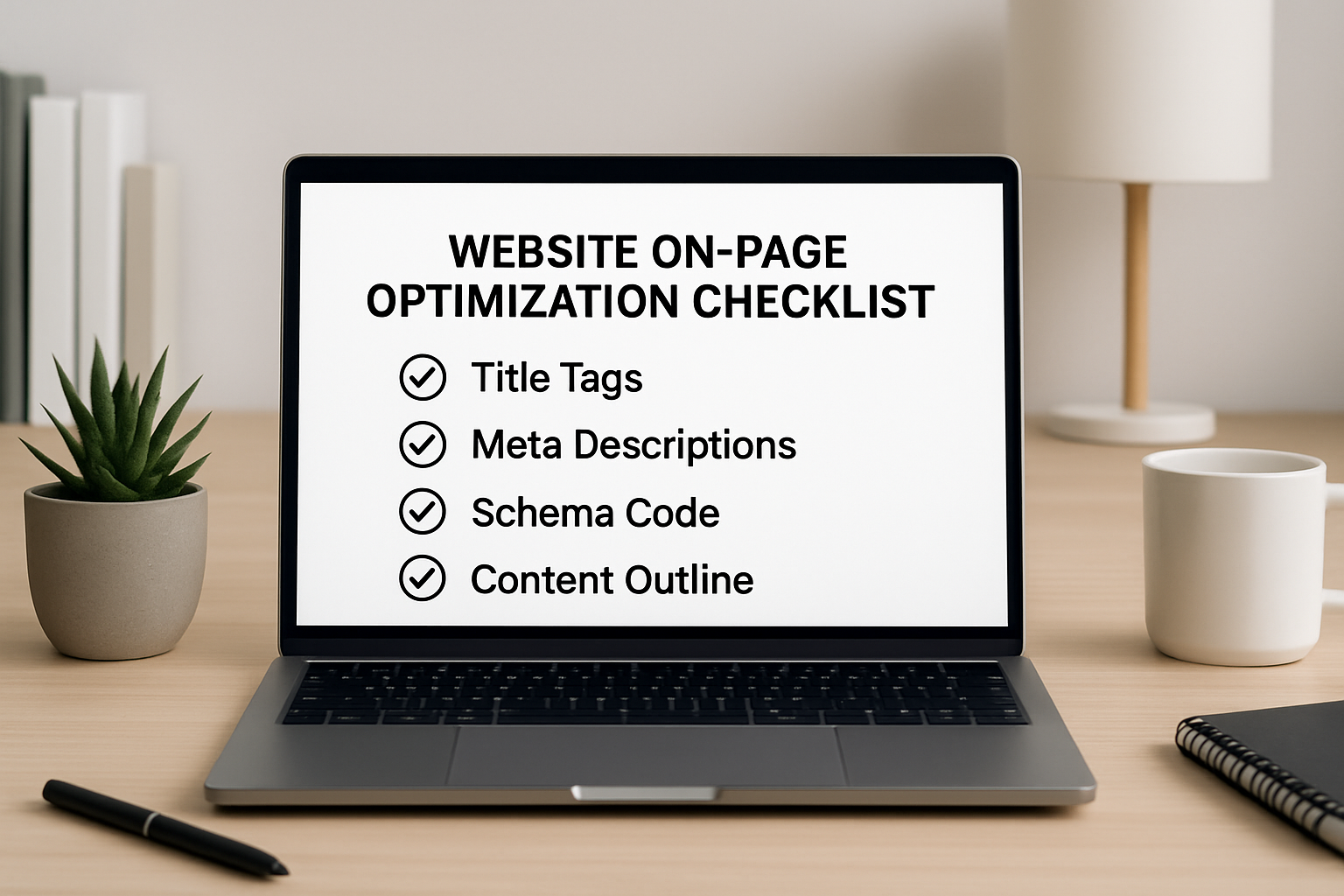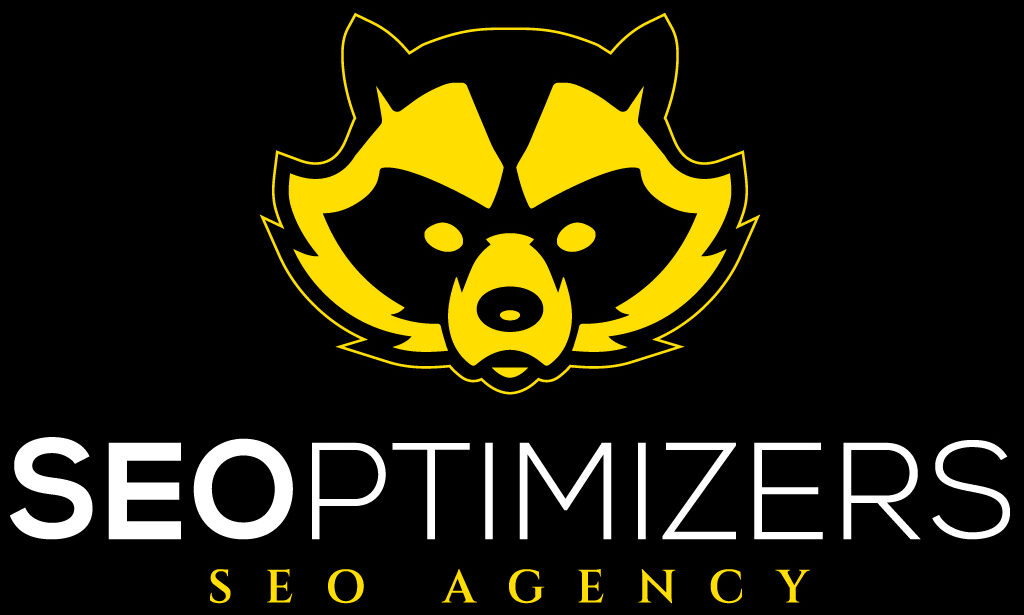In an era where search engines blend human signals, machine learning, and user experience into ranking decisions, hiring an SEO consultant has become less about shortcuts and more about strategy. A seasoned consultant synthesizes data from tools, user behavior, and business objectives to craft a roadmap that raises visibility and converts organic visitors into customers. Drawing on long experience building websites for local businesses — from Franklin, TN service firms to ecommerce stores — the consultant maps high-value keywords, optimizes site structure, and implements technical fixes that search engines reward. This overview highlights the practical steps an SEO consultant will take in 2025: advanced keyword intelligence, crawl-budget optimization, on-page refinement, local dominance, and AI-powered monitoring. Each section below explores one of these domains with actionable tactics, real-world examples, and a clear path for businesses that want measurable improvement in rankings and revenue.
Advanced Keyword Research Techniques an SEO Consultant Uses in 2025
Effective keyword research in 2025 is a blend of data science and human judgment. A consultant starts by mapping user intent and business goals, then leverages multiple tools to discover terms that drive qualified traffic. Tools like Ahrefs, SEMrush, Moz, Ubersuggest, and Surfer SEO each offer signals — volume, difficulty, trend forecasts, and semantic relationships — that a consultant synthesizes to form a prioritized keyword list.
Step one is audience profiling: who buys, what problem do they have, and what language do they use? From there, the process typically follows:
- Seed-term brainstorming: Generate initial themes based on products or services.
- Tool-driven expansion: Use Ahrefs and SEMrush to expand with related questions and topic clusters.
- Long-tail mining: Prioritize 3+ word queries that show high purchase intent and lower competition.
- Intent mapping: Classify keywords into informational, navigational, and transactional buckets.
- Prioritization matrix: Score keywords by search volume, intent, and business value.
A practical example illustrates the approach. Imagine a local business — Franklin Pools Co. — that installs residential pools. Using Ahrefs and Google’s Keyword Planner, a consultant finds that “luxury pool builder” has high intent but stiff competition, while “concrete pool contractor Franklin TN” is lower volume but much easier to rank for and converts better. The consultant will build landing pages and blog content tailored to those long-tail variants rather than trying to win broad, unqualified queries.
| Keyword Type | Tool Suggestion | Primary Use |
|---|---|---|
| High-volume, high-competition | SEMrush, Ahrefs | Brand pages, PR campaigns |
| Long-tail, high-intent | Google Keyword Planner, Ubersuggest | Service landing pages |
| Question-style queries | Surfer SEO, People Also Ask | Blog and FAQ content |
Beyond raw keywords, consultants in 2025 use predictive features in platforms like BrightEdge and machine-learning insights from Ahrefs to forecast seasonal trends and emergent terms. They also cross-check opportunities with backlink feasibility using tools such as Majestic to see whether competitors’ authority is surmountable. When working with a client, a consultant typically narrows focus to 5–10 primary keywords per main service page and a set of long-tail topics for ongoing content creation.
Key deliverables from this phase include a ranked keyword matrix, content topic map, and a publishing schedule aligned with the client’s sales cycles. This prevents scattershot content production and sets measurable targets for traffic and conversions. Insight: target long-tail phrases that align closely with buyer intent and back those with content that satisfies the query precisely — this yields faster, more sustainable ranking gains.

How an SEO Consultant Optimizes Site Architecture and Technical SEO for Better Rankings
Technical SEO and information architecture are foundational when a consultant takes on a site. If search engines cannot efficiently crawl or interpret content, even the best pages won’t rank. A consultant starts with a crawl audit using tools like Screaming Frog and Google Search Console to identify indexing issues, redirect chains, duplicate content, and orphan pages.
Site structure must be logical and hierarchical. A practical model is: homepage > category > subcategory > product/service page. This framework helps both users and crawlers. Key technical improvements include:
- Cleaning up dynamic URLs and replacing them with keyword-rich static slugs (e.g., /category/mens-shirts).
- Implementing canonical tags to resolve duplicate content concerns.
- Submitting XML sitemaps and using Google Search Console to monitor indexing status and errors.
- Optimizing internal linking so link equity flows to priority pages.
- Managing crawl budget by disallowing low-value pages and consolidating paginated content.
For instance, an ecommerce client had product URLs like /products?category=123 which confused crawlers and diluted link equity. After migrating to clean URLs and updating internal links, the pages indexed faster and organic traffic to category pages rose substantially.
| Technical Issue | Tool | Consultant Action |
|---|---|---|
| Broken links / 404s | Screaming Frog | Map and redirect to relevant pages |
| Slow load times | PageSpeed Insights, Lighthouse | Image compression, caching, minification |
| Duplicate content | Search Console | Implement canonical and noindex where appropriate |
Page speed and Core Web Vitals remain critical. A consultant measures Largest Contentful Paint (LCP), First Input Delay (FID) / Interaction to Next Paint (INP), and Cumulative Layout Shift (CLS) to prioritize fixes. Techniques such as lazy-loading images, deferring non-critical JavaScript, and enabling server-level caching often yield rapid improvements. In one case, a health supplements site reduced homepage load from 2.6s to under 1.5s, which correlated with a 9% uptick in organic sessions.
Optimizing crawl budget involves tactical decisions: remove faceted navigation that creates virtual duplicates, use robots.txt deliberately, and ensure high-priority pages are no more than three clicks from the homepage. Consultants use Screaming Frog to flag thousands of low-value pages and then implement strategies to either combine content or block it from indexing.
Finally, a consultant aligns technical SEO with business KPIs. They create an actionable roadmap, typically including timeline, estimated impact, and owner. They then monitor post-deployment metrics via Google Search Console and server logs to ensure changes are effective. Insight: technical cleanup and a clear site map accelerate indexing and allow content and link building to convert into measurable rank gains.
Optimizing On-Page Elements: Titles, Meta Descriptions, Schema, and Content Strategy
On-page optimization remains a decisive area where consultants add immediate value. Titles and meta descriptions influence click-through rates, while structured data helps search engines present richer results. A consultant audits every page for optimized title tags, meta descriptions, headings, and schema implementations like FAQ, product, and review markup.
Best practices in 2025 emphasize clarity and intent alignment. Title tags should place the primary keyword near the front and be under ~60 characters. Meta descriptions should be concise and enticing, under ~160 characters, and tested for performance. Tools such as Yoast SEO can automate checks in content management systems, but human copy refinement remains essential.
- One primary keyword per page with natural use of related terms and topic clusters.
- Use schema markup (JSON-LD) for rich results: products, organization, breadcrumbs, and FAQs.
- Optimize headings for scannability and semantic relevance (H2/H3 with secondary keywords).
- Use content analysis tools like Surfer SEO and Yoast SEO to align on-page signals with top-ranking pages.
- Perform A/B testing on meta descriptions and titles to improve CTR.
As a practical example, a client’s blog post targeting “content marketing strategy” increased organic clicks by 112% after the title was rewritten from a generic phrasing to a keyword-forward format: “Content Marketing Strategy: 5 Steps for an Effective Plan”. The title change aligned search intent and improved perceived relevance.
| Element | Best Practice | Impact |
|---|---|---|
| Title Tag | Keyword-first, | Higher CTR |
| Meta Description | Engaging, | Increased clicks |
| Schema | JSON-LD for rich snippets | Better visibility |
Content strategy must avoid thin pages that try to rank for many unrelated terms. Instead, each page should focus on a narrow topic, supplemented by related long-tail articles and internal linking. A consultant often creates a topical map: pillar pages that target competitive head terms and cluster pages that address specific queries. This creates a semantic network that search engines can understand.
Automation assists but does not replace editorial judgment. AI-driven writing assistants help draft outlines and handle mundane tasks, while the consultant ensures factual accuracy, brand voice, and unique insights that readers value. Using tools like Surfer SEO for content structure and Yoast SEO for CMS checks saves time, but final revisions focus on clarity and usefulness.
As pages roll out, consultants monitor engagement signals (dwell time, bounce rate) and use A/B tests in analytics to iterate. They also keep an eye on competitor snippets to adapt schema and microcopy for better SERP real estate. Insight: precise on-page optimization combined with structured data and smart content clustering yields improved rankings and higher-quality traffic.

SEO Tools Comparator — 2025
Compare popular SEO tools, adjust priorities, and estimate how a consultant can leverage them to boost rankings.
| Select | Tool | Strengths | Best For | Impact Weight & Estimated Boost |
|---|

